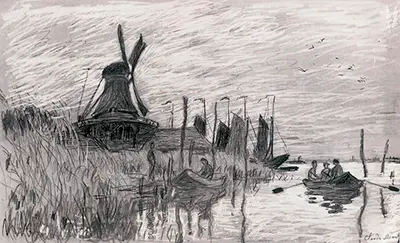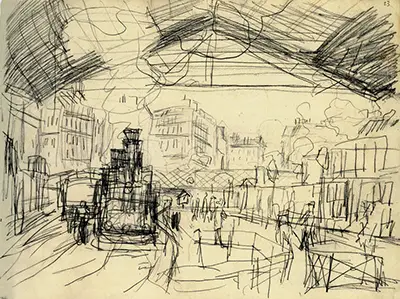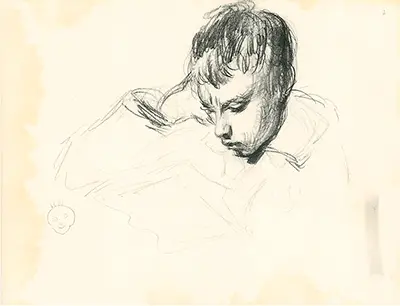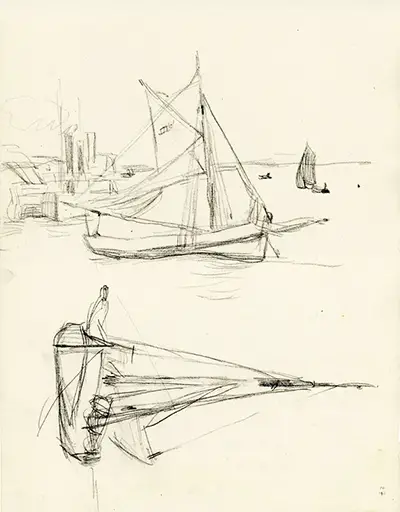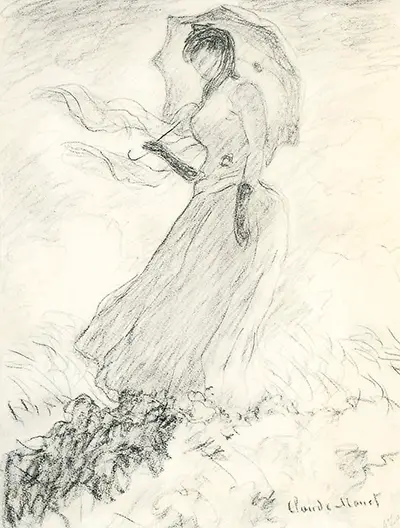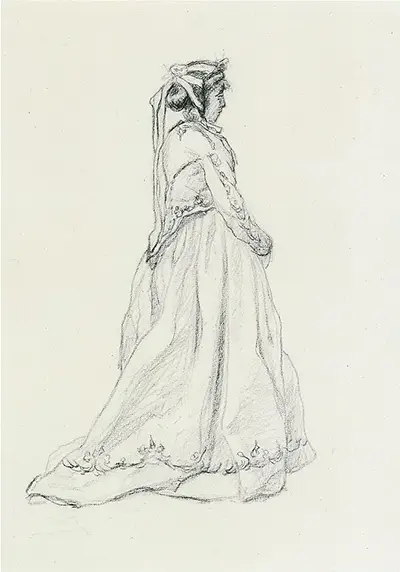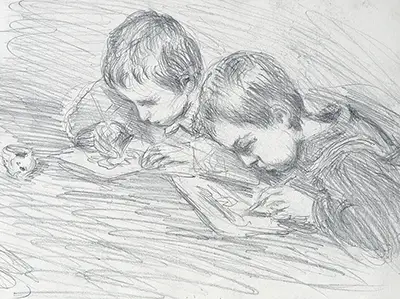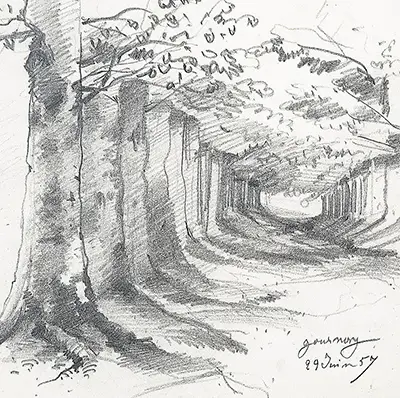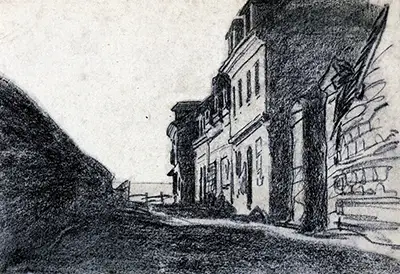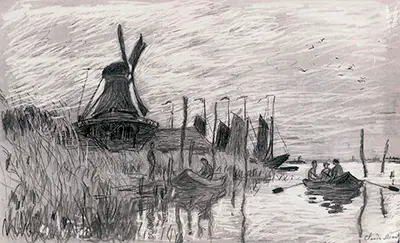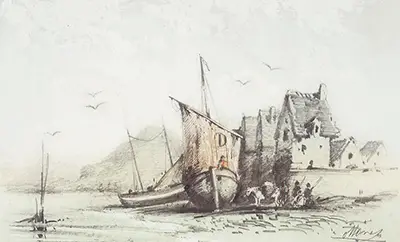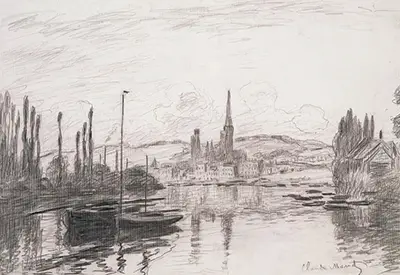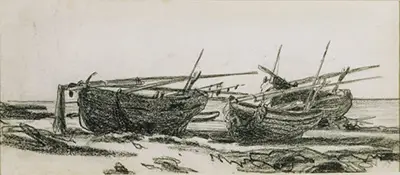Claude Monet's career for many years was seen as oil painting, and oil painting alone. Whilst there were some pastels and drawings attributed to him, these were sidelined as of relatively little significance to the progression of his career.
The famous oil paintings of Claude Monet have been researched in such exhaustive detail that there is now very little to learn. The other mediums in which he was involved remain underplayed and this leaves an opportunity for discovery as well as the ability to produce Monet exhibitions on material that most have not seen before.
It is clear to art historians from drawings by the likes of by Michelangelo, Da Vinci and Rembrandt that this medium was necessary in order to achieve accuracy when portraying the human anatomy. Monet himself relied on his skills as a draughtsman from an early age, producing countless caricatures which many Monet followers remain completely unaware of.
Beyond the portraiture, Monet would also use sketchbooks to capture various landscapes and seascapes during his travels, in a similar way to one of his influences, JMW Turner. In many cases he would then return to his studio in order to produce oil paintings from these sources, particularly when the weather would not accomodate his famous plein air method.
Study drawings offer key insights into the production methods of an artist and many Monet drawings have been discovered which outline his preparatory work for world-famous oil paintings. Any clear connection to the artist and a particular famous artwork would lift these drawings to extraordinary values, particularly where they exist within a catalogue raisonne of the artist's work.
Moving towards more contemporary draughtsman, Klimt's portrait sketches and Picasso's single line drawings are amongst the best from the 20th century.
